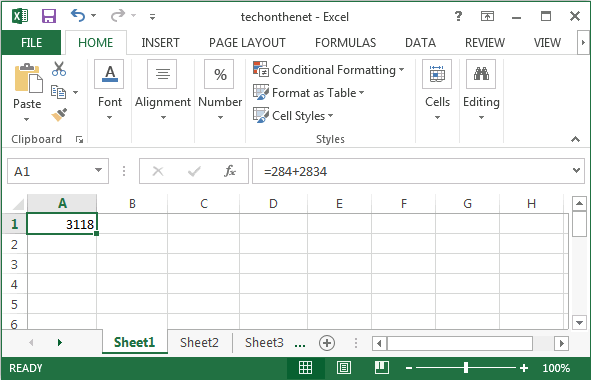This Excel tutorial explains how to create a pivot table in Excel 2011 for Mac (with screenshots and step-by-step instructions).
Voiceover Hi, I'm Curt Frye. Welcome to Excel 2016 for Mac: Pivot Tables in Depth. In this course, I'll show you how to use Pivot Tables to gain valuable insights from your organization's data. I'll begin by showing you how to create a Pivot Table from data already in your Excel workbooks. Then, using that knowledge as a base, I'll demonstrate how to create Pivot Tables using data from an. Question: In Microsoft Excel 2011 for Mac, I've created a pivot table and now I need to change the data source. How do I change the data source for an existing pivot table? Answer: Click somewhere in the pivot table and the PivotTable tab should appear in the toolbar at the top of the screen. Select the PivotTable tab, click on the Options button and select Change Source from the popup menu. Excel for Mac doesn't support Power Pivot and thereby doesn't have distinct count feature. What is the best workaround to get distinct count in such cases? Sample Excel Columns: Period Criteria1 Criteria2 Criteria3 Data. Sample Pivot table: Different values in 'Period' will be pivot columns.
See solution in other versions of Excel:
Question: How do I create a pivot table in Microsoft Excel 2011 for Mac?
Answer: In this example, the data for the pivot table resides on Sheet1.

Highlight the cell where you'd like to see the pivot table. In this example, we've selected cell A1 on Sheet2.
Excel For Mac Pivot Tables For Beginners
Next, select the Data tab from the toolbar at the top of the screen. Click on the PivotTable button and select Create Manual PivotTable from the popup menu.
A Create PivotTable window should appear. Select the range of data for the pivot table and click on the OK button. In this example, we've chosen cells A1 to D13 in Sheet1.
Next, select where you wish to place the PivotTable. In this example, we clicked on the 'Existing worksheet' option and set the location to Sheet2!$A$1.

Highlight the cell where you'd like to see the pivot table. In this example, we've selected cell A1 on Sheet2.
Excel For Mac Pivot Tables For Beginners
Next, select the Data tab from the toolbar at the top of the screen. Click on the PivotTable button and select Create Manual PivotTable from the popup menu.
A Create PivotTable window should appear. Select the range of data for the pivot table and click on the OK button. In this example, we've chosen cells A1 to D13 in Sheet1.
Next, select where you wish to place the PivotTable. In this example, we clicked on the 'Existing worksheet' option and set the location to Sheet2!$A$1.
What Is A Pivot Table In Excel
Click on the OK button.
Your pivot table should now appear as follows:
In the PivotTable Builder window, choose the fields to add to the report. In this example, we've selected the checkboxes next to the Order ID and Quantity fields.
Next under the Values box, click on the 'Sum of Order ID' and drag it to the Row Labels box.
Your pivot table should now display the total quantity for each Order ID as follows:
Finally, we want the title in cell A2 to show as 'Order ID' instead of 'Row Labels'. To do this, select cell A2 and type Order ID.
